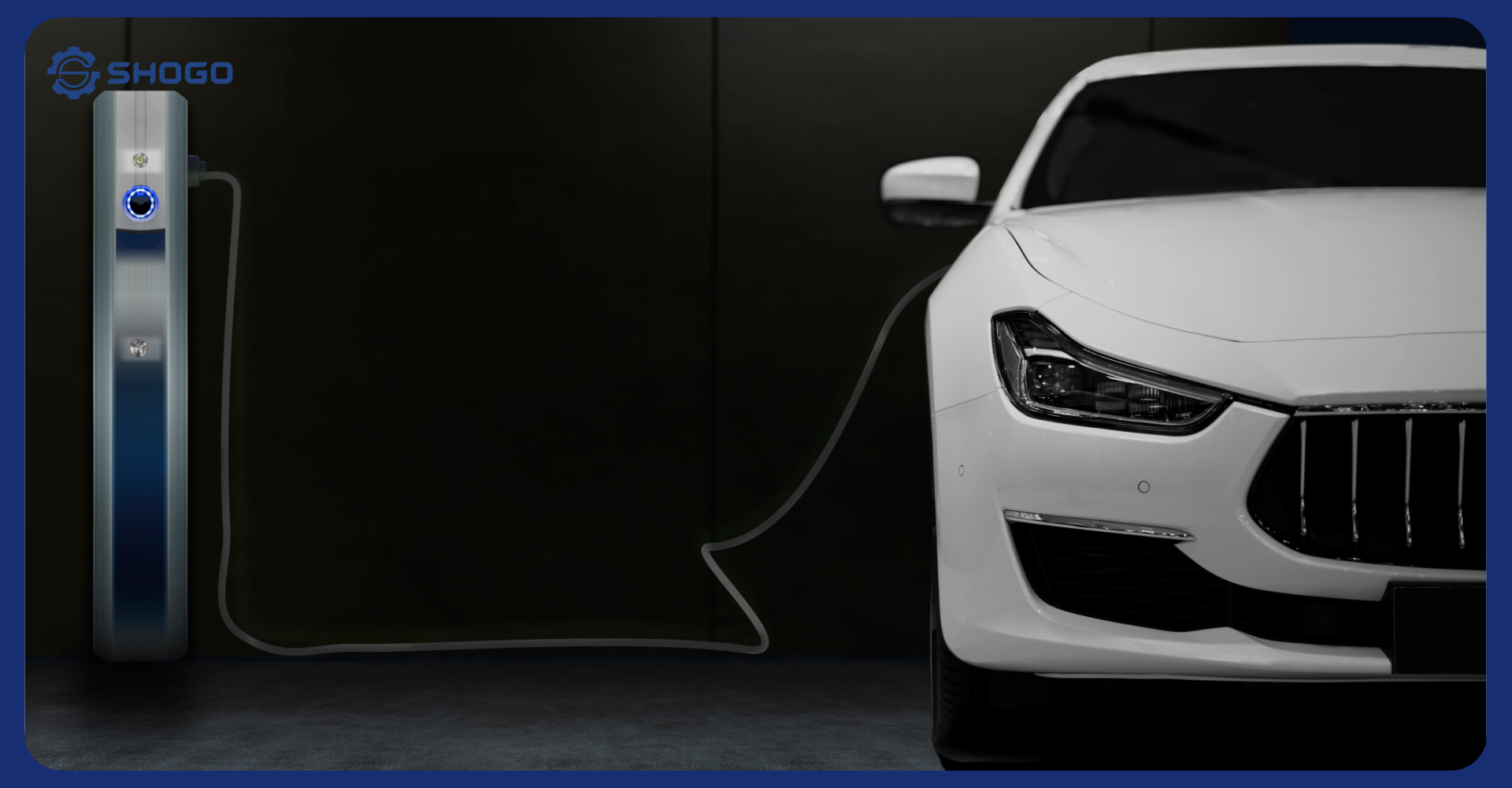
Introduction
In an electric vehicle (EV) drivetrain system, high-voltage cables serve as the “main arteries,” delivering energy from the battery to the inverter, motor, and peripheral devices such as the fast charger or air conditioning system. Unlike conventional electrical wires, EVHV (Electric Vehicle High Voltage) cables are engineered to withstand high current, high voltage, extreme temperatures, and continuous mechanical vibrations.
1. Harsh Operating Environment of Electric Vehicles
In the EV drivetrain, EVHV cables must operate continuously under intense stress. The table below outlines the key environmental factors and their impacts:
| Factor | Impact on Cable |
|---|---|
| High temperatures (70–150°C) | Can degrade insulation if heat-resistant materials are not used |
| High current (200–600A) | Generates heat via Q = I²R, causing voltage drop if cables are substandard |
| Constant vibration and bending | May lead to cracking or breakage if the cable sheath lacks flexibility and elasticity |
| Exposure to chemicals, water, metal dust | Degrades sheath without chemical resistance |
This is why only certified EVHV cables are suitable for use in electric vehicles.
2. Key Technical Characteristics of EVHV Cables
To meet such demanding operating conditions, EVHV cables must comply with stringent technical standards:
| Specification | Technical Requirements |
|---|---|
| Rated voltage | 600V – 1000V or higher |
| Heat resistance | -40°C to 125°C, up to 150°C for short periods |
| Flame retardancy | Must comply with ISO 6722-1, LV 216-1, SAE J1128, or UNECE R100 |
| High flexibility | Easy to route in tight spaces without cracking |
| EMI shielding | Copper or aluminum braided shield to protect ECU and BMS signal integrity |
In addition, EVHV cables are often made from materials like XLPE, TPE, or premium silicone — known for excellent insulation, chemical resistance, and long-term durability.
3. Consequences of Using Non-Compliant Cables
Using non-specialized cables in EVs can result in:
-
Fire or explosion caused by overheating or short circuits
-
Voltage drop and energy loss, reducing overall vehicle efficiency
-
Electromagnetic interference affecting ECU and BMS performance
-
Shorter lifespan, higher maintenance costs, and compromised operational safety
4. Benefits of Using Certified, High-Quality EVHV Cables
-
Optimized power transmission: Reduces energy loss and improves battery efficiency
-
Electrical safety assurance: Minimizes risk of fire, short circuit, or leakage
-
Durability and cost savings: Resistant to aging, abrasion, chemicals, and vibration
-
International safety certification: Facilitates exports and guarantees quality compliance
Conclusion
EVHV cables form the backbone of energy transmission in electric vehicles, where any failure can have serious safety and financial consequences. Choosing the right cable — with proper heat resistance, flame retardancy, and EMI shielding — not only enhances drivetrain efficiency but also prolongs system life and protects end users.
If you’re designing or manufacturing EV components, prioritize EVHV cables tested by internationally certified laboratories with accompanying compliance certificates.


